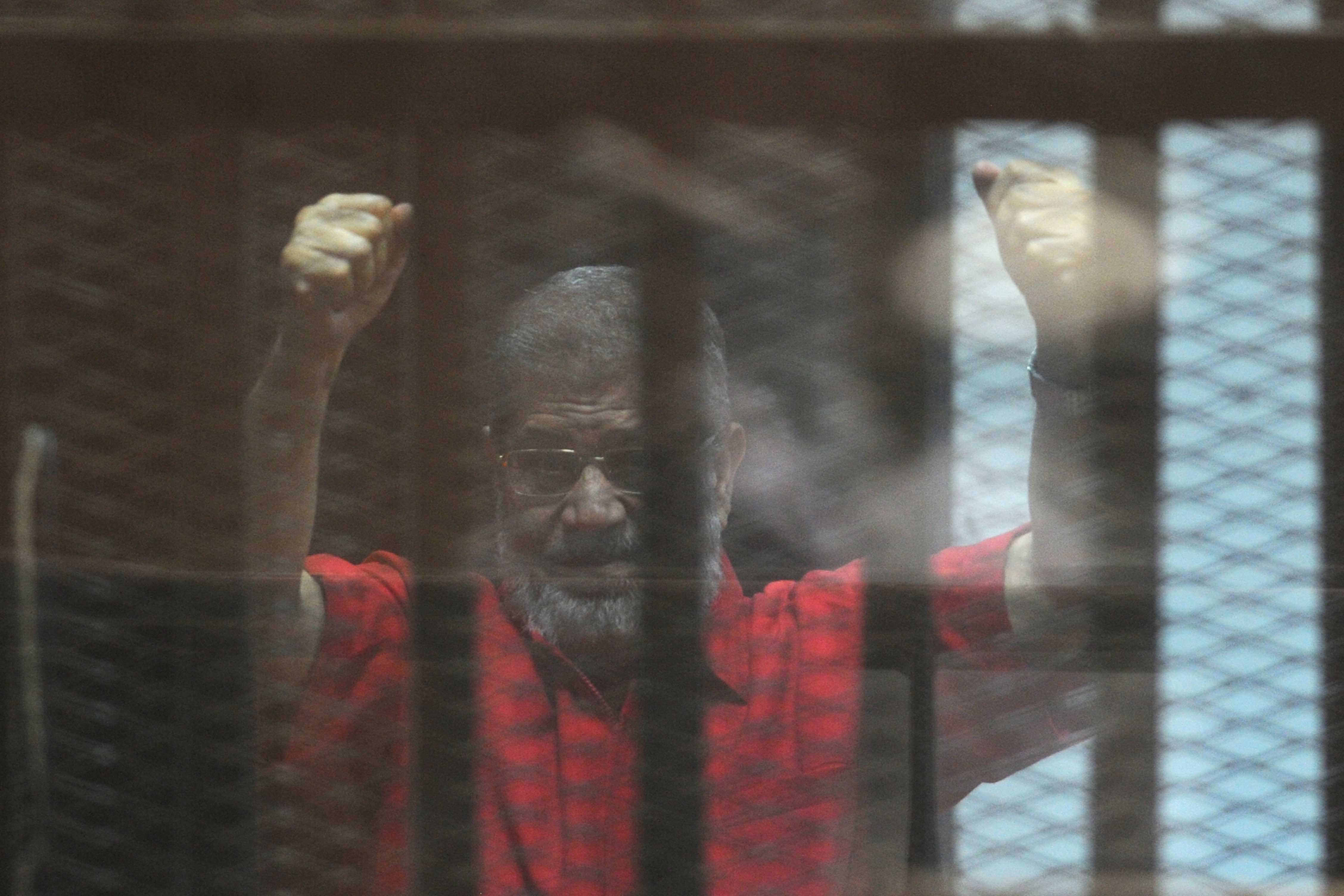As millions around the marked World AIDS Day on Tuesday, event organisers and world leaders called for a major reassessment of HIV/AIDS and how it can be tackled, an aspiration summarised by this year’s slogan “Rethink HIV”.
The event this year includes a wide array of initiatives aimed at raising awareness and changing attitudes, as well as discussions on how changes in health policy can improve treatment and slow the spread of infection.
One innovative event in London involved a “kissing booth” in Soho Square, aimed at informing people that HIV infection cannot be transmitted by kissing.
Meanwhile, United Nations Secretary-General Ban Ki-moon said: “We need to more than double the number of people on life-changing treatment to reach all 37 million of those living with HIV.”
To beat the epidemic and prevent it from rebounding, Ban said key populations must be provided with full access to the appropriate health services, delivered with dignity and respect.
“Every child can be born free from HIV to mothers who not only survive but thrive,” he added, highlighting treatments that prevent mother-to-child transmission.
According to the World Health Organization, HIV has claimed 34 million lives since the virus was first discovered in the early 1980s. By the end of 2014, nearly 37 million people, including large numbers of children, were living with the virus.
Efforts to control the epidemic are ongoing, with world leaders and UN member states planning a high-level meeting on HIV/AIDS in 2016, under the title “Global Partnerships”.
The situation in Egypt is cause for concern for many health experts, particularly as there is no consensus on the scale of the problem. Many infected people are afraid to come forward for treatment, meaning that authorities are unable to maintain reliable figures.
“Conflict between UN numbers and ministry’s numbers hinders finding a definitive census on people living with HIV in Egypt,” UNAIDS Egypt director Ahmed Khamis told state-run newspaper Al-Ahram in September. “However, the consensus number currently agreed upon is around 7,500.”
According to Khamis, up to 2011, there were around 400 new cases confirmed each year. In 2012 and 2013, this increased to 600 new cases annually, and in 2014, the number of new cases reached 880.
Combating HIV/AIDs was among the 2015 Millennium Development Goals adopted by UN member states. In September, new goals were set for 2030, which included HIV/AIDs in a wider category on promoting good health and well-being.
Like other member states, Egypt has committed to achieving these Sustainable Development Goals (SDGs) within the 15-year period following their declaration.
In line with the 2015 SDGs, Egypt’s Planning Ministry and the United Nations Development Programme aimed to halt the prevalence of the epidemic by 2015, providing access to treatment, especially among age groups of 15-24.
UNAIDS Egypt has previously engaged volunteers from different disciplines to advocate on the rights of people with HIV, hoping to eliminate the stigma attached to the illness.
A Ford Foundation report in 2014 stated that 30% of Egyptian men and women living with HIV prefer not to see a doctor for fear of being stigmatised and rejected, whilst 73% of healthcare providers said they would refuse treating people with HIV.
In February 2014, the Egyptian military research team came up with a machine that they claimed would cure both HIV/AIDS and Hepatitis C viruses within only 16 hours. Medical experts widely perceived this invention as a “deception” – especially after it was delayed for “further testing”.






